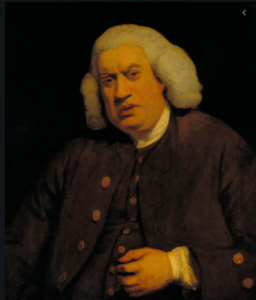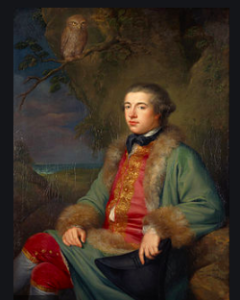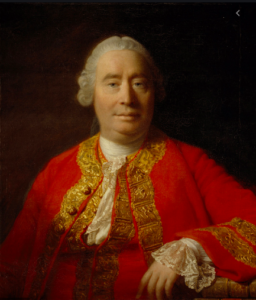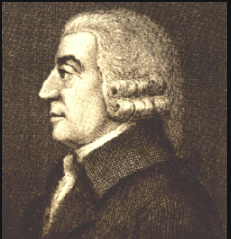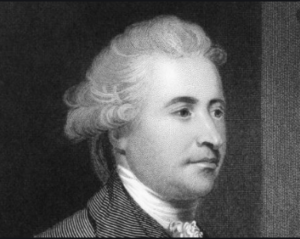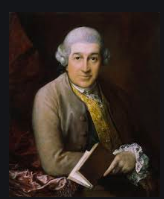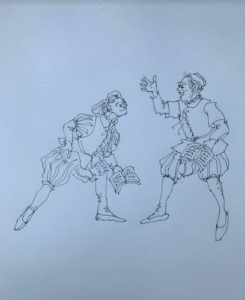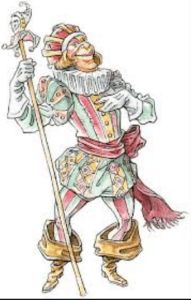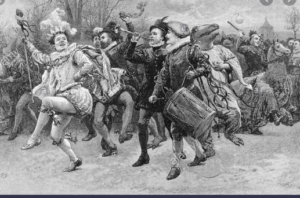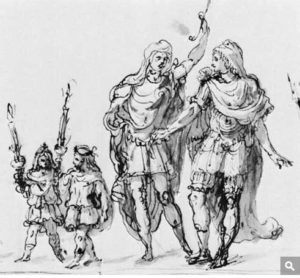
Pesha Rudnick’s TedXTalk: Live Theater is Dangerous
Is anyone out there missing audiences as much as I am? I don’t miss being in front of an audience: I miss being in an audience. I miss sitting in the dark with total strangers and sharing intense delight or catharsis with scores of people I don’t know and will never see again. I miss standing up after the applause and looking around and feeling a moment of intimate recognition with anonymous individuals from all walks and worlds. Live theater is nearly a religion for me, and I never realized how vital it is to my well-being until it was taken away for an entire year! Theaters gone dark, concert halls silent, museums empty. Wow. It’s been hard!! The flu pandemic in 1918 took my dad’s father and two siblings, but he was too small to be aware of its impact on theater. His entire life was spent as an actor and director, so it seems odd that we never discussed what that pandemic must have meant for those in theater or for those in the audience who can’t (or at least don’t want to) live without it.
This blog, too, has gone dark for awhile. Like many of us, I’ve been kind of frozen in time since the pandemic began, trying to figure out what role theater and drama in education might play in the new world that emerges from it. I’m wondering how my as-yet-unpublished book might need to be adapted to a new reality. The teachers I hired and trained for the elementary theater program in LA Schools have continue to teach on-line, and, being extraordinarily creative, have developed captivating lessons; but take the communal experience out of theater and what is lasting? What endures? What cognitive benefit is there, interacting in the world of Zoom?
Most of my book, Good Behavior and Audacity: Humanist Education, Playacting, and a Generation of Genius, focuses on the cognitive, social, and emotional benefits enjoyed by students participating in dramatic activity, linking Shakespeare and his generation’s dramatic performance in school to the brilliance of the age. But Shakespeare’s audience—the Elizabethan audience— was also extraordinary. It was likely the most sophisticated and critical audience in history, and I believe that too was a product of the humanist curriculum in the Latin grammar schools of the time. You will hardly ever talk to a theater teacher who does not have a story to tell of a student’s life being turned around, even saved, by a drama class. They could fill a book! But look at the other side of the curtain: the audience side. There you’ll find yet another compelling story of the growth of emotional intelligence.
Because I had such a conviction that my own experience as a child growing up in a theater family was responsible for my love of learning, I connived to get my own children to see lots and lots of plays. Of course they loved them, and you can watch my daughter’s TED talk at the University of Colorado where she connects her childhood of theater-going to the development of empathy. I wanted the same experience for my students. For much of my career I taught English in a small span school in the Los Angeles Unified School District, with many students bussed in from the inner city. Many of them had never seen live theater, so I took my classes to as many plays as possible, building a curriculum around each of our trips. The Music Center, the Los Angeles Theater Center, Topanga’s Theatricum Botanicum, and UCLA’s excellent theater department offered student matinee programs to schools, and because I taught in a span school and had students in more than one grade, my students had the opportunity to see as many as eight fine, classical and/or modern productions by the time they graduated. They loved the trips and would chase me down in the hallways whenever there was a rumor of another one planned, begging to be included. Whenever possible, I would also wangle low-priced tickets to offer students and their families to go to evening performances. Honestly, it felt like feeding students pure joy, and it had the added benefit of lighting up their curiosity, their focus, their agency, and their caring.
Theater (and all the arts) will survive the pandemic, of course, because they satisfy a profound human need. I for one can’t wait to see what theater artists make of what we have been through—once we can all share our experience together again, as a living audience .
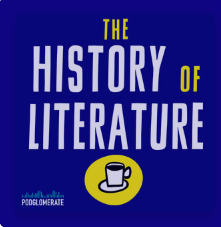 I’m back. This pandemic shut me down for awhile. I mean, what could be more antithetical to ‘social distancing’ in education than drama?! On both sides of the curtain!
I’m back. This pandemic shut me down for awhile. I mean, what could be more antithetical to ‘social distancing’ in education than drama?! On both sides of the curtain!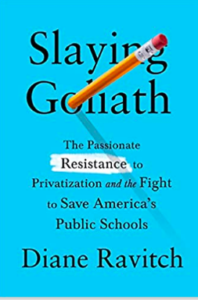 This from the Washington Post yesterday:
This from the Washington Post yesterday: 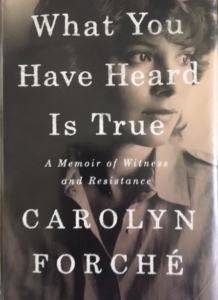 I’ve just finished a riveting memoir titled What You Have Heard is True, by Carolyn Forché. It is about the lead-up to the civil war in El Salvador in the 80s. I recommend it highly because of the perspective Forché gives on our troubling history with Central America and our current concern for immigrants and separated families at the border.
I’ve just finished a riveting memoir titled What You Have Heard is True, by Carolyn Forché. It is about the lead-up to the civil war in El Salvador in the 80s. I recommend it highly because of the perspective Forché gives on our troubling history with Central America and our current concern for immigrants and separated families at the border.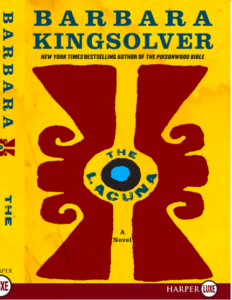 Reading this I remembered that I’ve heard this twice before. Barbara Kingsolver said the
Reading this I remembered that I’ve heard this twice before. Barbara Kingsolver said the 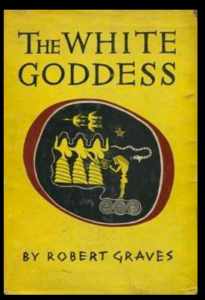 exact same thing about her book The Lacuna, which tells the story of Tolstoy’s time living in Mexico. In The White Goddess, Robert Graves describes a time in ancient British history when poets sat next to kings in government. Poets are, and have always been, valued in other cultures far more than they are in ours. They interpret, clarify, and vivify the times to which they are witness.
exact same thing about her book The Lacuna, which tells the story of Tolstoy’s time living in Mexico. In The White Goddess, Robert Graves describes a time in ancient British history when poets sat next to kings in government. Poets are, and have always been, valued in other cultures far more than they are in ours. They interpret, clarify, and vivify the times to which they are witness.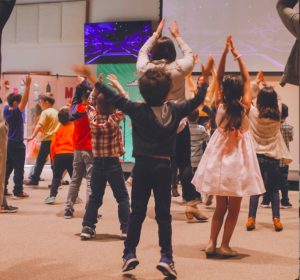
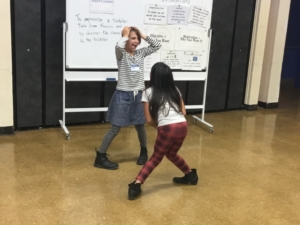
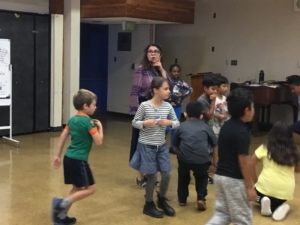
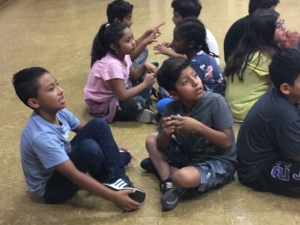
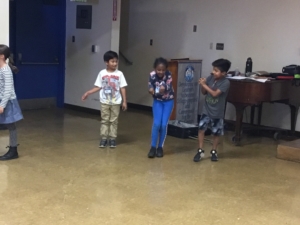
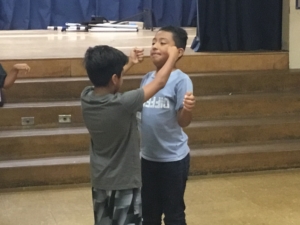
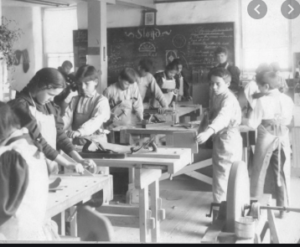
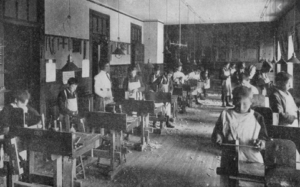
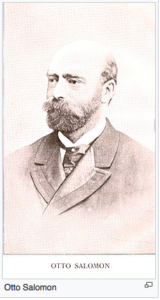 grades for five subjects: reading, writing, arithmetic, music, and sloyd. We were baffled. What the heck was “sloyd,” and why was it so important that it actually had to be graded?! Back then iPhones were brand new and only one person present had one. He whipped it out and within seconds we learned that sloyd means “handicrafts,” and it was a Finnish pedagogy started by Uno Cygnaeus in Finland in 1865 and refined by the Swedish educator
grades for five subjects: reading, writing, arithmetic, music, and sloyd. We were baffled. What the heck was “sloyd,” and why was it so important that it actually had to be graded?! Back then iPhones were brand new and only one person present had one. He whipped it out and within seconds we learned that sloyd means “handicrafts,” and it was a Finnish pedagogy started by Uno Cygnaeus in Finland in 1865 and refined by the Swedish educator  Norway. One of my theatre teachers is married to a man from Finland, and she tells me that he still proudly displays embroidery he did in his sloyd class in school when he was a child.
Norway. One of my theatre teachers is married to a man from Finland, and she tells me that he still proudly displays embroidery he did in his sloyd class in school when he was a child.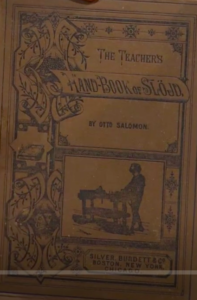 It turns out it was more than just Los Angeles. Toppelius and her sister Sigrid were invited first to Boston, where they set up training programs. Sigrid stayed in Boston while Meri went on to Chicago where she started a sloyd
It turns out it was more than just Los Angeles. Toppelius and her sister Sigrid were invited first to Boston, where they set up training programs. Sigrid stayed in Boston while Meri went on to Chicago where she started a sloyd 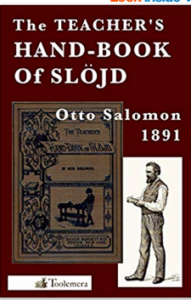 department in Chicago’s Agassiz school. They also trained teachers as in Bay View Michigan as part of a Chautauqua summer program. So by the end of the century, at least three major cities in the United States were employing sloyd in at least some of their schools, and there were major training programs in sloyd attracting teachers and administrators from across the country. (I’ll keep researching this. If any of my readers know anything more about it, please share!)
department in Chicago’s Agassiz school. They also trained teachers as in Bay View Michigan as part of a Chautauqua summer program. So by the end of the century, at least three major cities in the United States were employing sloyd in at least some of their schools, and there were major training programs in sloyd attracting teachers and administrators from across the country. (I’ll keep researching this. If any of my readers know anything more about it, please share!)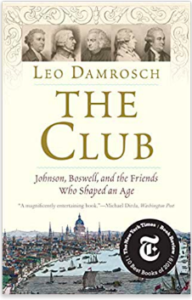 When and why did the teaching of rhetoric in grammar schools end?
When and why did the teaching of rhetoric in grammar schools end?